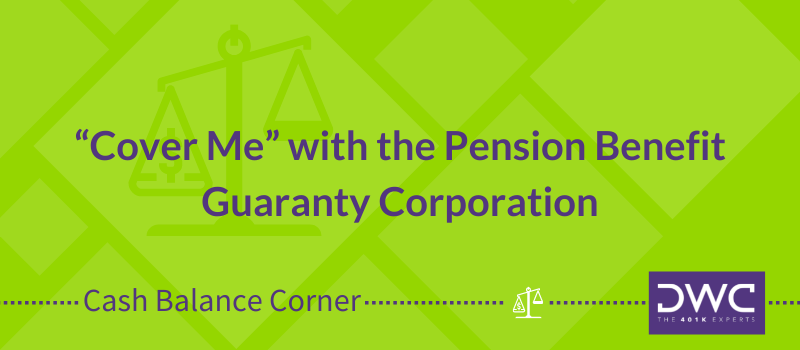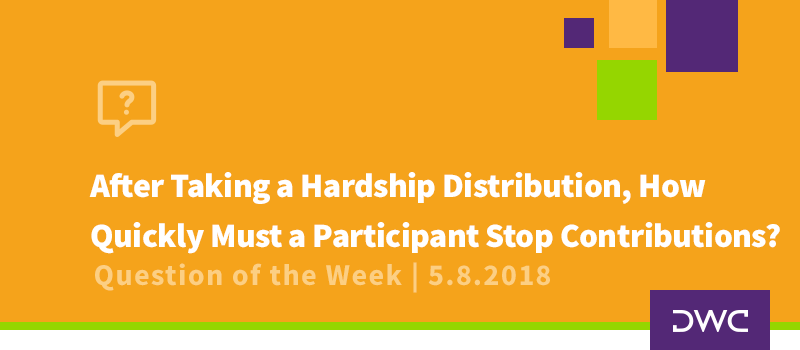
Year End Prep Report - Annual Participant Notices
Qualified Default Investment Alternative (QDIA) Notice
If the Plan elects to use a QDIA as its default investment, a QDIA Notice must be provided to all participants to inform them of important details, notify them of their rights under the plan and satisfy Department of Labor disclosure. Information on the QDIA notice includes a description of the QDIA, including its investment objectives, risk and return characteristics, and fees and expenses.
Because it is specific to the plan’s selected investment menu, the QDIA notice is typically prepared by either the plan’s investment advisor or recordkeeper. However, DWC is available to prepare the notice on request. If you would like us to prepare the QDIA notice for your plan, please contact your consultant no later than 60 days before the end of your plan year so that we can collect the necessary information.
Safe Harbor Notice
Safe harbor plans require an annual notice to each participant that includes specifics related to the plan design, such as eligibility, vesting and the company contributions the plan offers. All types of safe harbor 401(k) plans (match, nonelective, automatic enrollment) are required to satisfy IRS disclosure requirements and to provide this notice so that participants can make a fully informed decision as to if/how much they wish to defer.
Automatic Enrollment Notice
Plans that include features to automatically enroll new participants in the 401(k) must provide an annual notice to participants to describe the details - default contribution level, opt-out procedure, etc. - and to satisfy IRS and Department of Labor disclosure requirements. Automatic enrollment features are sometimes referred to Automatic Contribution Arrangements, or ACAs, and also include Eligible ACAs (EACAs) and Qualified ACAs (QACAs).
Combined Notices
In some instances, two or more of the above notices can be combined, so do not be alarmed if your plan includes several of these features but you receive only a single notice.
Timing
One thing these notices have in common is the deadline for delivery.
- Existing Participants: For those currently eligible for the plan, the applicable notices must be provided each year between 30 and 90 days prior to the start of the plan year. For calendar year plans, that means no earlier than October 1st and no later than December 1st.
- New Participants: For newly eligible participants, the notices should be provided 30 to 90 days before they become eligible for the Plan or on date of hire for plans that provide immediate eligibility.
Delivery Methods
Hard Copy Distribution
Providing hard copies of notices is an acceptable means of distribution. This could include handing out copies at a company meeting or mailing to a participant’s last known address.
Note that simply posting a notice in a breakroom or other common area is not considered distribution.
Electronic Distribution
The rules for electronic distribution are different depending on whether the notice in question is required by the IRS or the DOL (as noted in the table above). The IRS allows e-delivery as long as the media being used, e.g. email, is provided by the plan sponsor and participants are required to access that media as part of their jobs. A company-provided e-mail address that participants are required to check is one example.
Under new rules issued by the Department of Labor in May 2020, there is much more flexibility with regard to electronically delivering DOL-required notices. Similar to IRS rules, company-provided email addresses are generally acceptable, as are other types of “electronic addresses” that participants supply. As long as the plan sponsor (usually through the plan’s recordkeeper) sends a so-called Notice of Internet Availability to a participant’s electronic address, the disclosure in question can be posted to a website for participants to view and/or download. Additional information about the DOL’s e-disclosure rules is available on our website here.
Combination
The above options may be combined so that some participants receive electronic notices and others receive hard copies. Regardless of the method elected, it must be designed to ensure actual receipt by all participants. For example, if certain notices are to be distributed at a company meeting, alternative arrangements should be made to ensure delivery to those not in attendance.





















